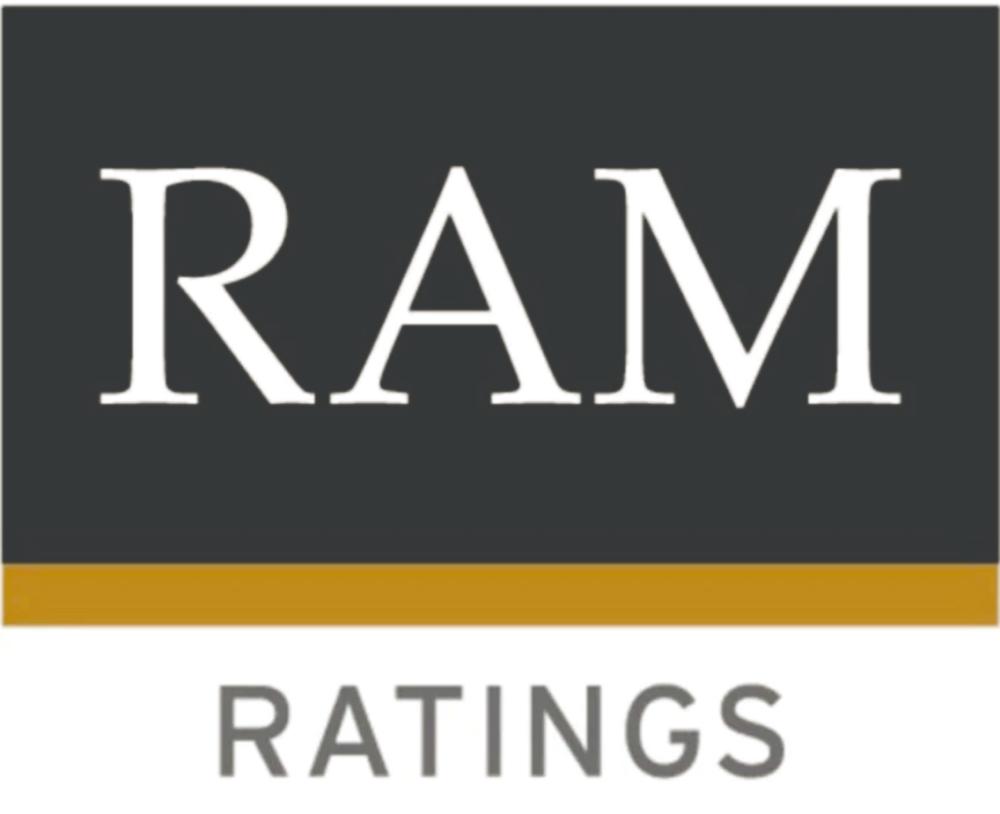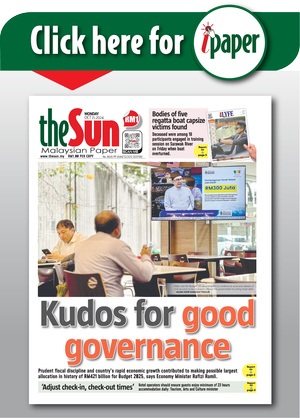PETALING JAYA: Malaysian banks have solid fundamentals and will continue to demonstrate resilience in 2022, notwithstanding lingering asset quality headwinds and the risk of contagion from the Russia-Ukraine war, according to RAM Ratings co-head of financial institution ratings Wong Yin Ching.
RAM Ratings, which maintained a ‘stable’ outlook on the Malaysian banking sector in conjunction with the release of its latest commentary, “Banking Insight: A Break in the Clouds”, expect loan growth to come in at 4.5%-5.0% in 2022 (4.5% in 2021) in line with economic recovery. The loan growth projection incorporates the expected downtick in loans outstanding when borrowers resume repayments upon the expiry of various relief measures.
“Risks to growth however have tilted to the downside on still-evolving geopolitical tensions stemming from Russia and Ukraine. The conflict, depending on its magnitude and duration, could fuel global inflationary pressure, disrupt supply chains and dampen external demand,” Wong said.
Banks’ underlying asset quality will unfold when the bulk of relief under the Pemulih stimulus programme expires in first-half (H1’22). The banking system’s gross impaired loans (GIL) ratio could rise to 2.5% by end-2022 (1.4% at end-2021).
Banks’ exposure to assisted loans has reduced considerably as a big portion of relief under the Pemulih programme has expired in recent months. Based on data of eight selected local banks, the proportion of domestic loans under relief almost halved to an average 15% in January and February compared with the last quarter.
“The unwinding of relief measures will clear the fog on banks’ underlying asset quality. We may see the sector’s GIL ratio rise to 2.5% by end-2022, which is deemed manageable in our view,” Wong added.
However, the funding and liquidity profiles of banks are expected to stay sound and supportive of new lending.
Upside to banks’ earnings is, however, limited this year as net interest margins (NIM) will stay broadly stable, given that funding cost may come under pressure despite the prospect of a rate increase in H2’22. Bottom lines will also be hit by Cukai Makmur. The profit performance of Malaysian banks rebounded strongly in 2021 on the back of lower provisioning expenses, broader NIM and significantly smaller modification charges. The eight banks’ average pre-tax return on assets was a higher 1.25% (0.92% last year).
RAM Ratings estimates a credit cost ratio of 40bps-50bps in 2022.
“We expect impairment charges to moderate further but it is too soon to see pre-pandemic levels in view of lingering downside risk.”
RAM’s co-head of financial institution ratings Sophia Lee observed that banks indicated they are in no haste to release accumulated management overlays. The banking system has robust loss absorption buffers. The GIL coverage (including regulatory reserves) of the eight banks strengthened to 129% as at end-2021 (end-2020: 117%) and the industry’s common equity tier-1 capital ratio stood at 15.2% on the same date.
RAM expects the funding and liquidity profiles of banks to stay sound and supportive of new lending. Current and savings account deposits continued to grow at double digits, albeit slower (2021: 10.9%; 2020: 19.3%). Fixed deposits registered full-year growth of 1.1% in contrast to the 3.6% contraction seen last year.
“Besides, Bank Negara Malaysia will award five digital bank licences this month. The threat to incumbents in the near to medium term will be limited, in our view, given the temporary asset threshold which is less than RM3 billion and digital banks’ focus on the underserved and unserved markets. Incumbent banks, which can pursue digital transformation under the existing licensing framework, have been digitising existing banking operations and investing in new capabilities to ensure long-term market relevance.”









